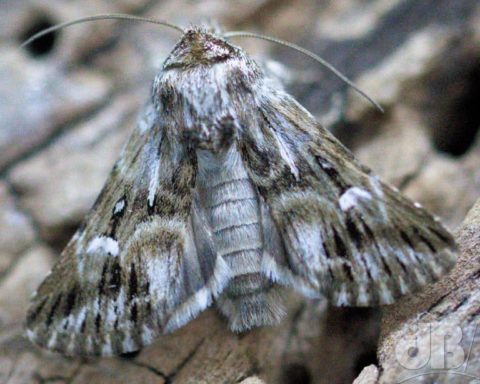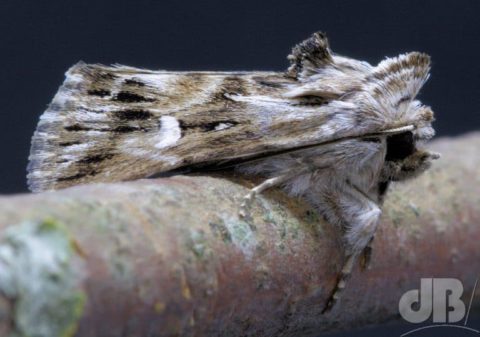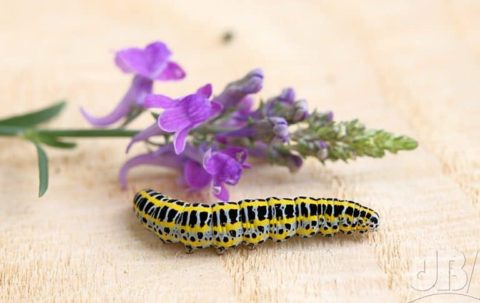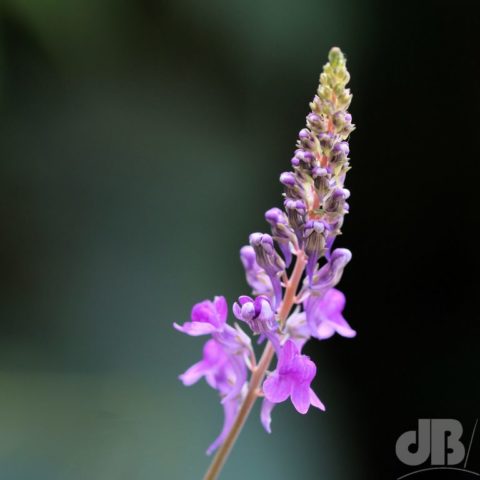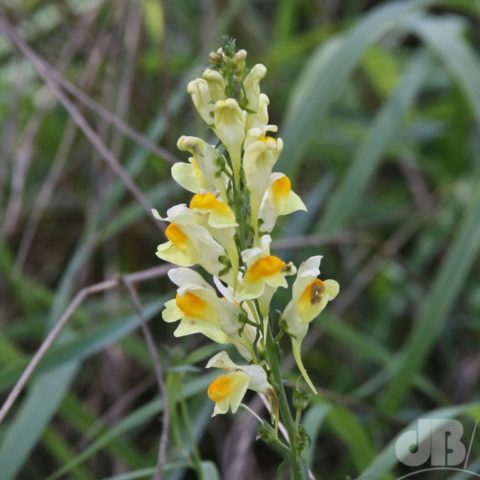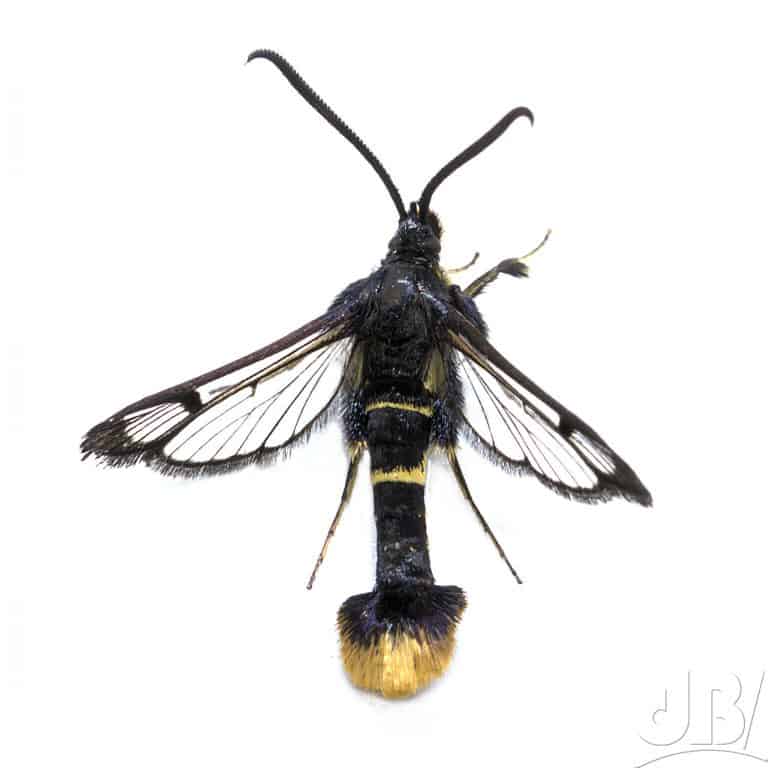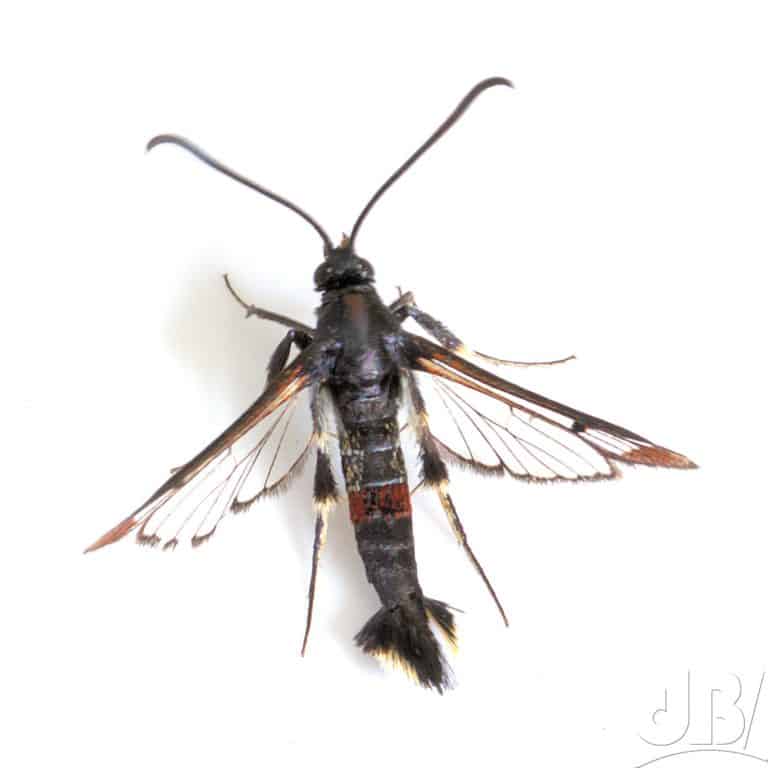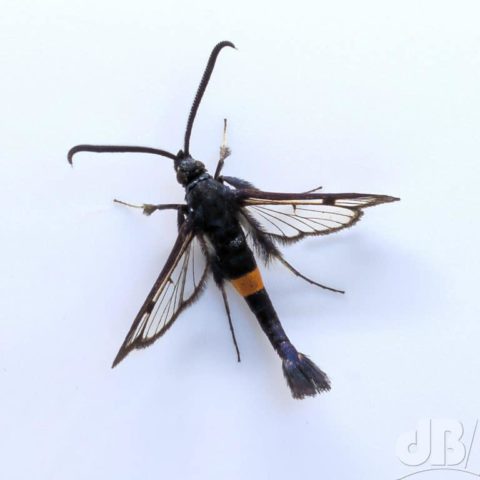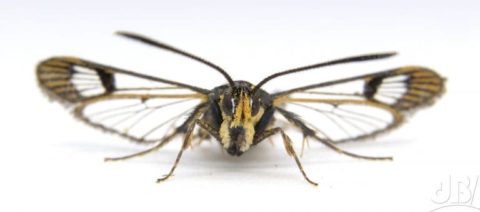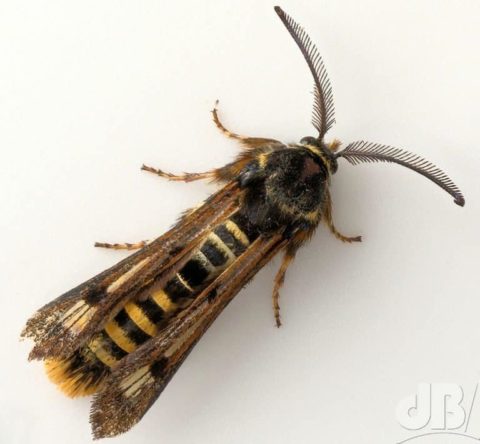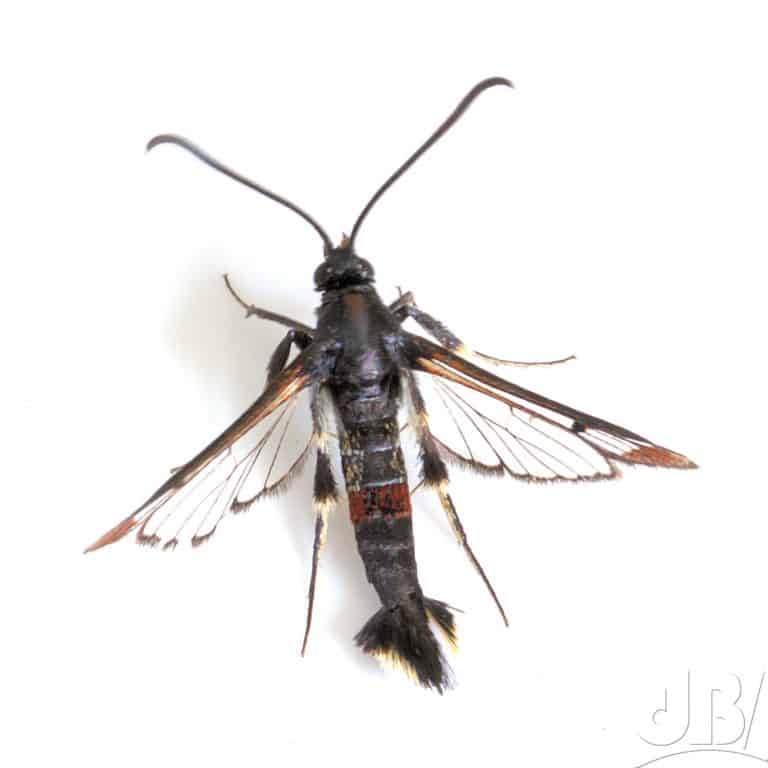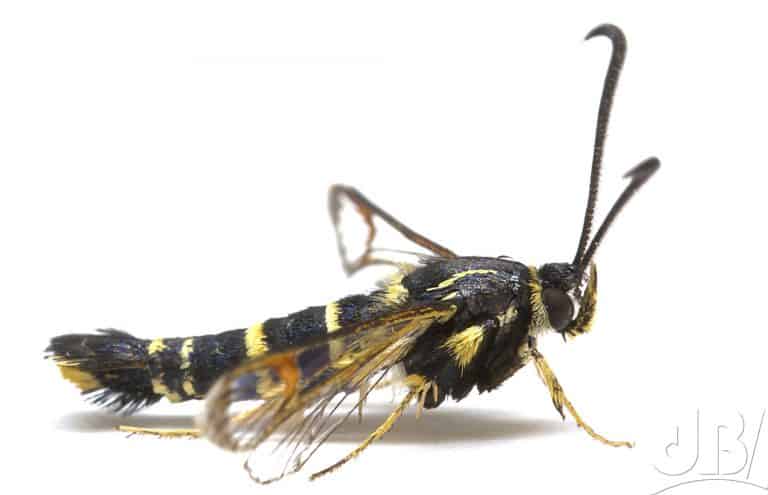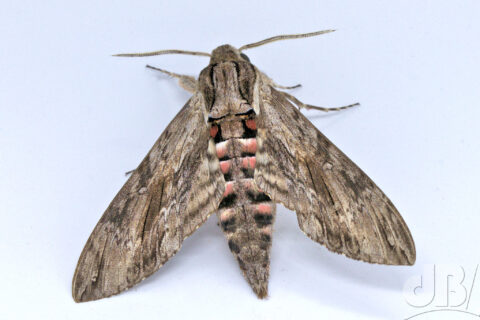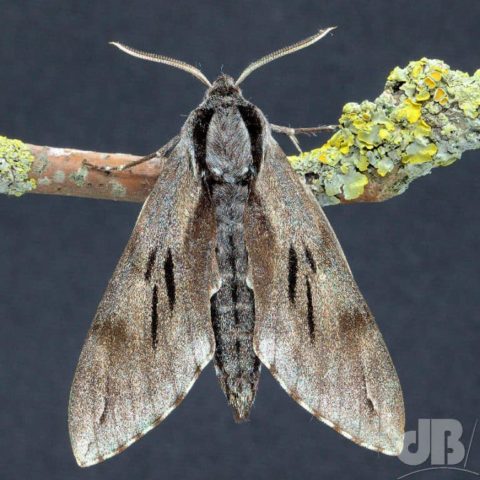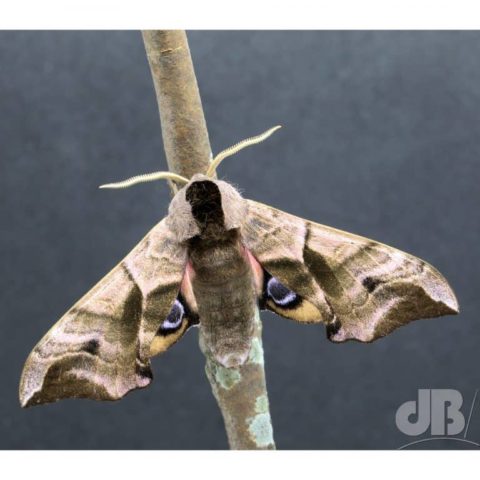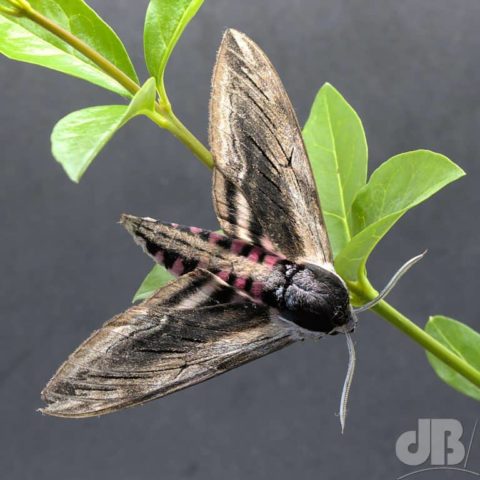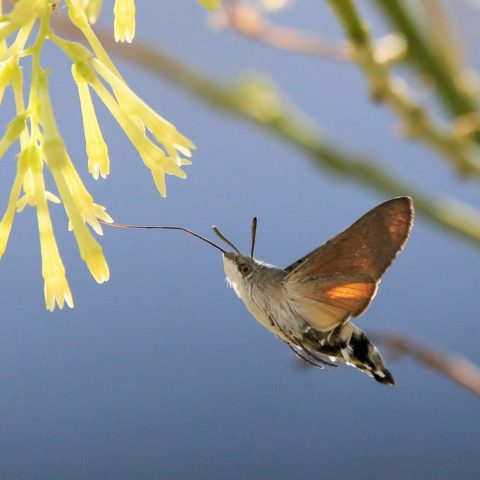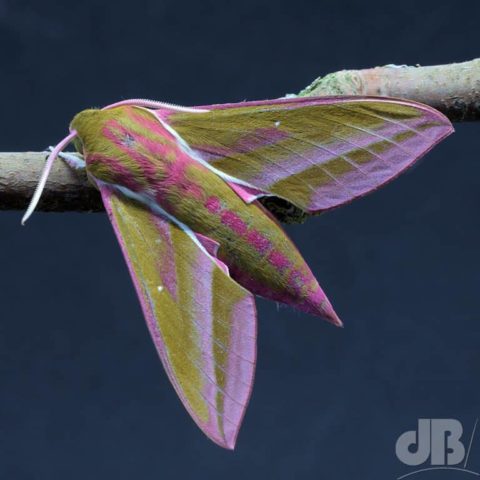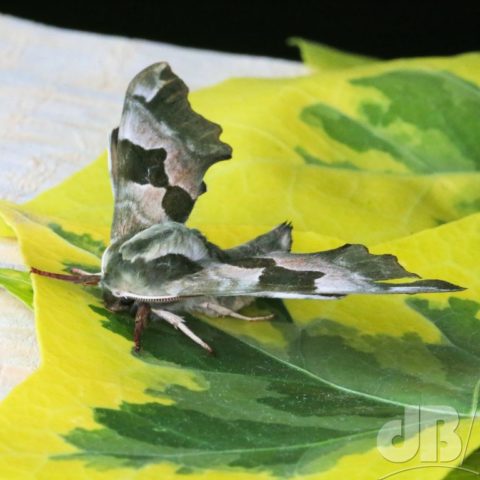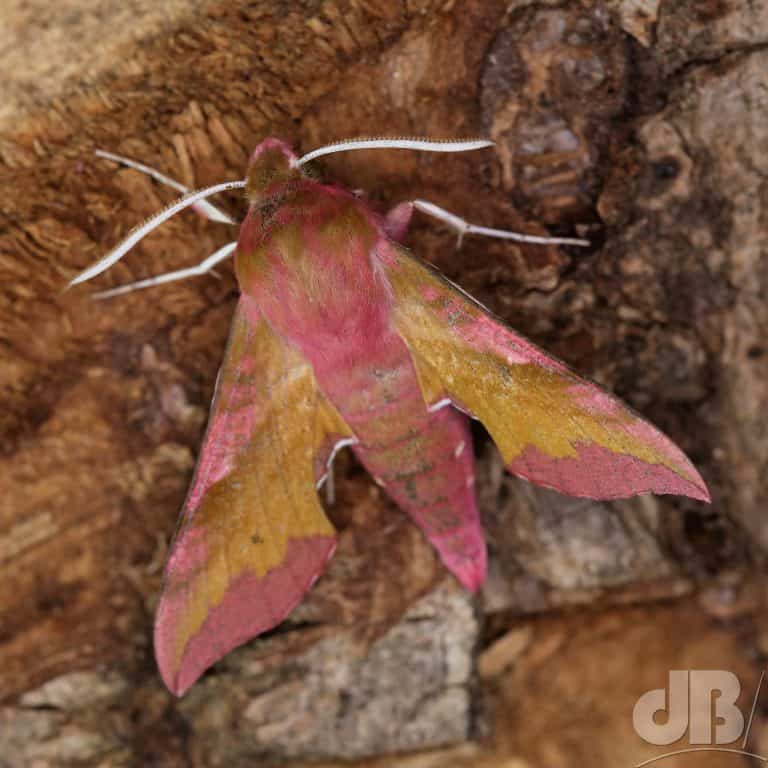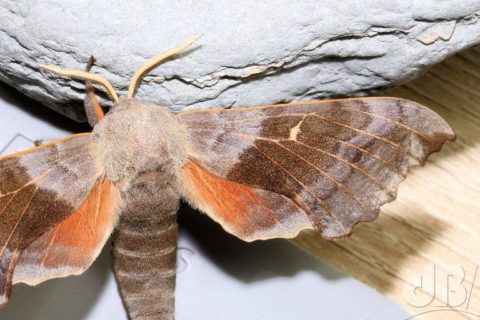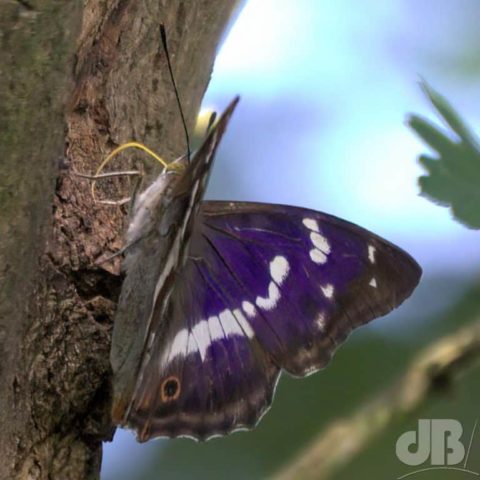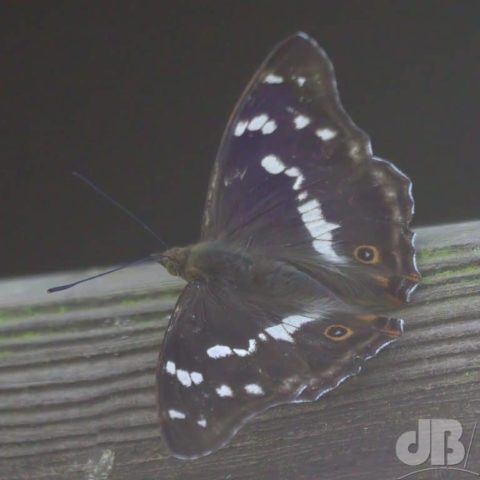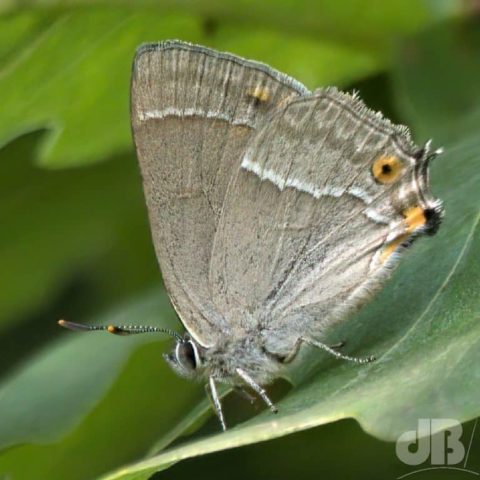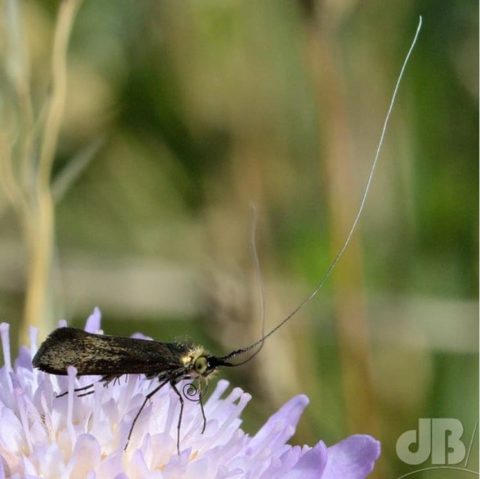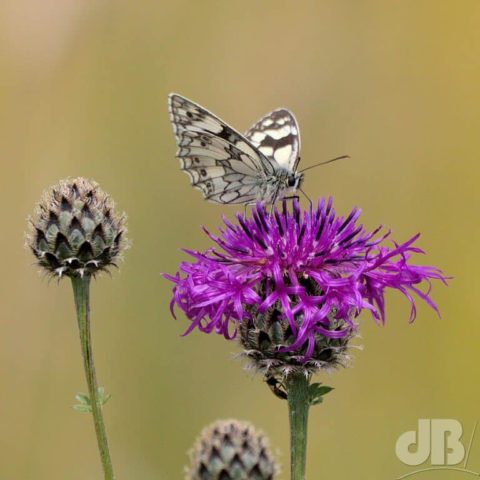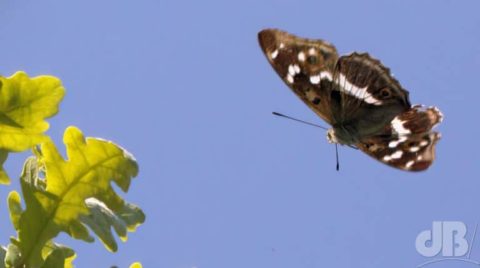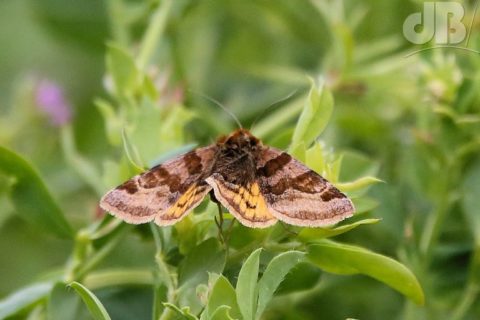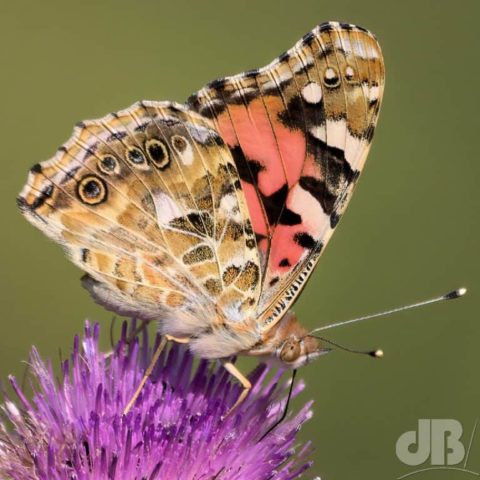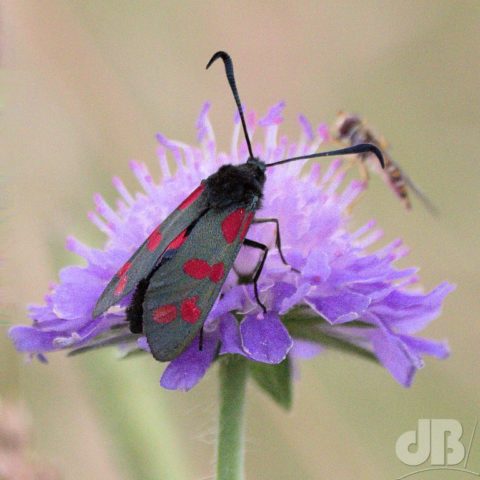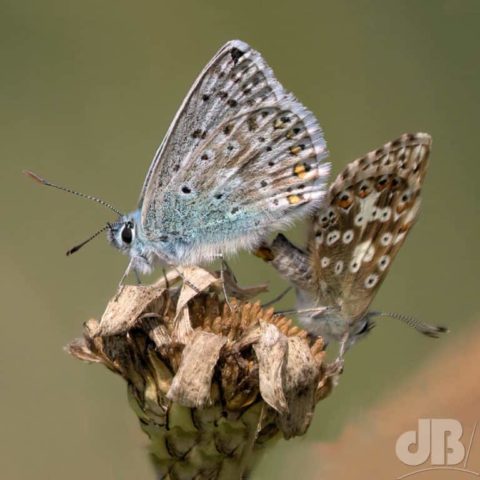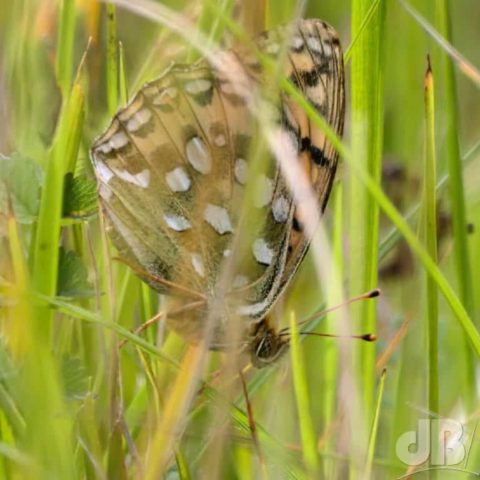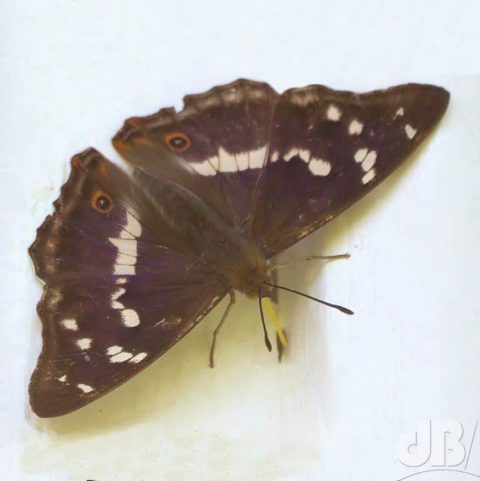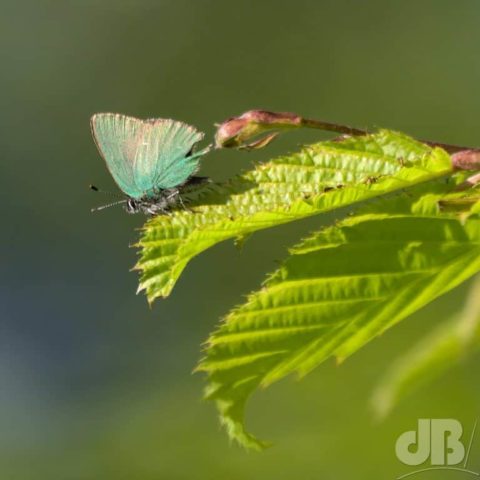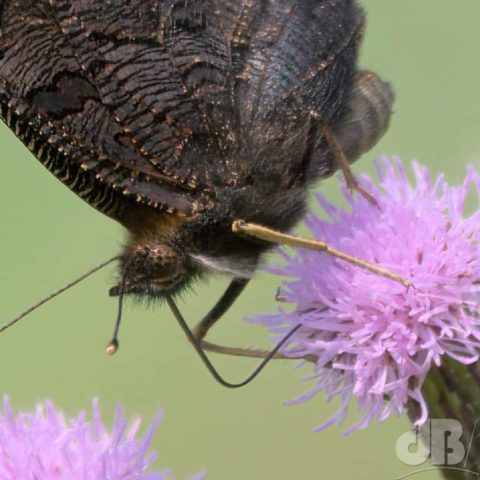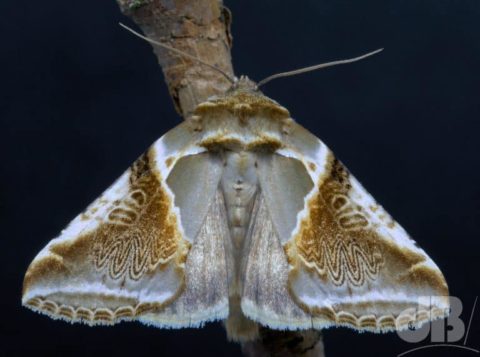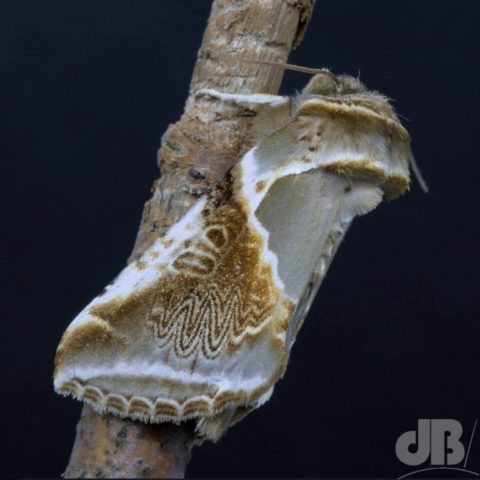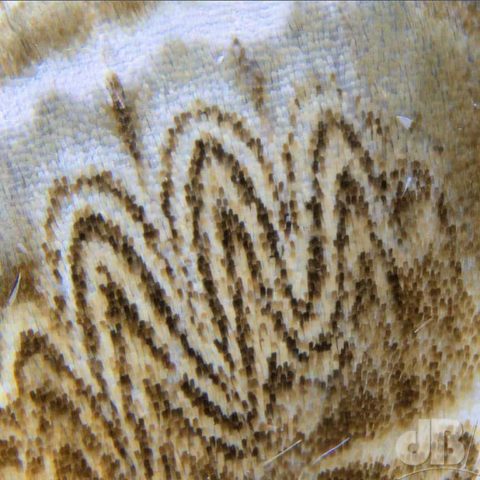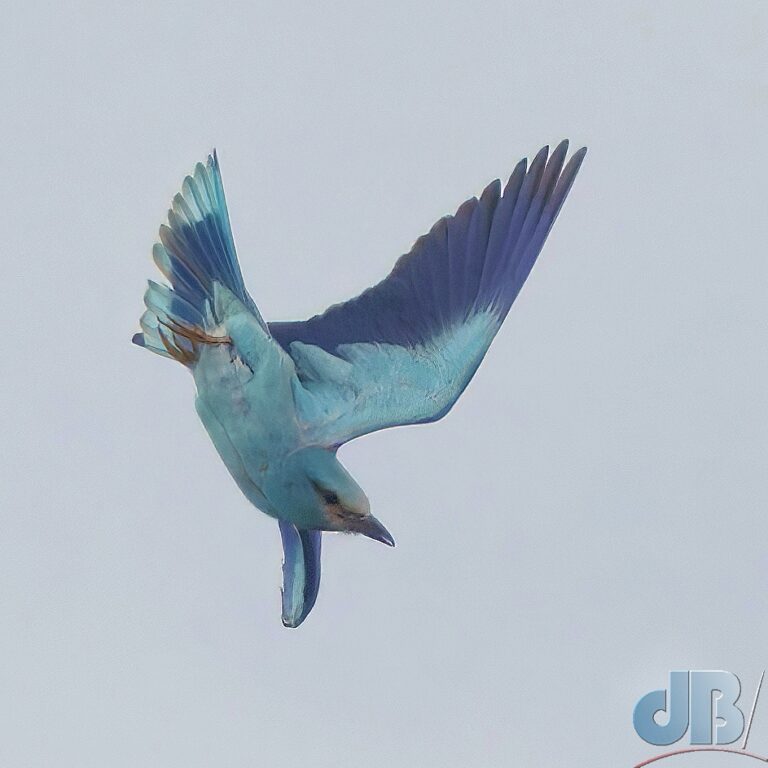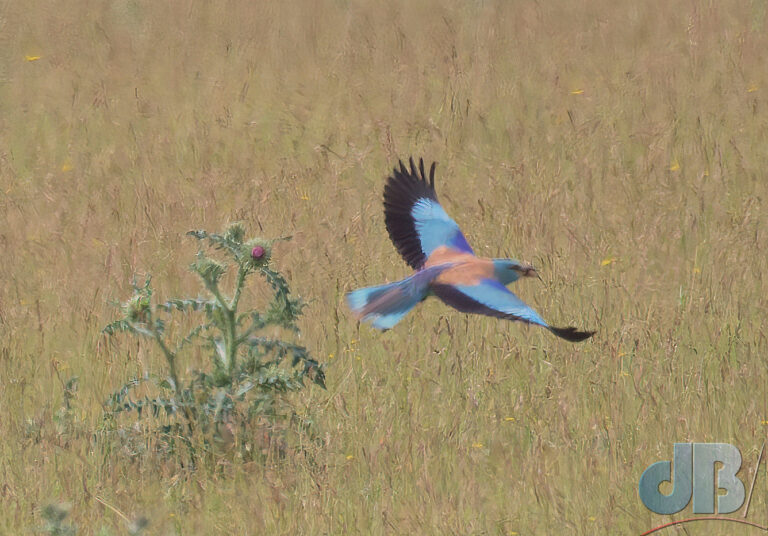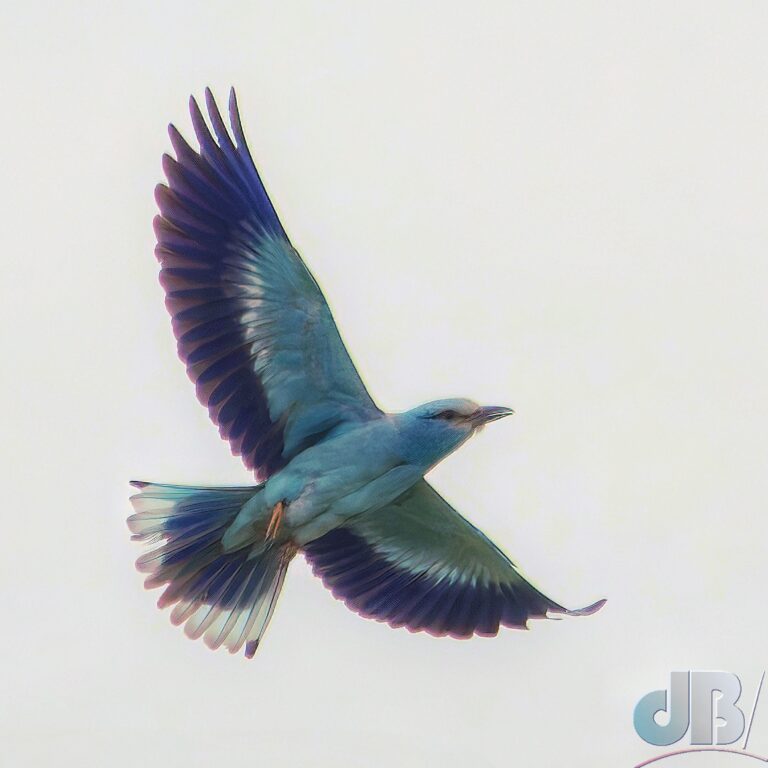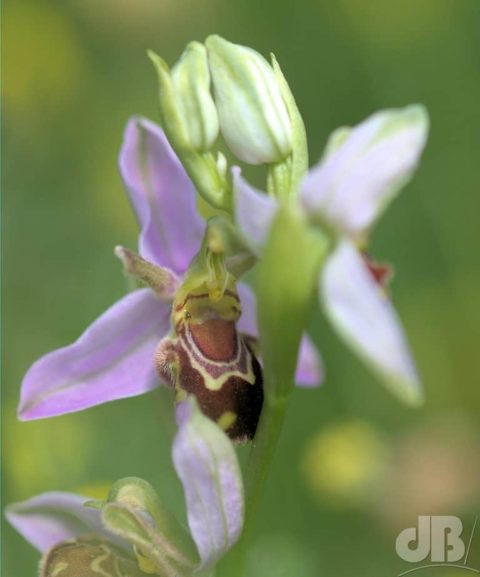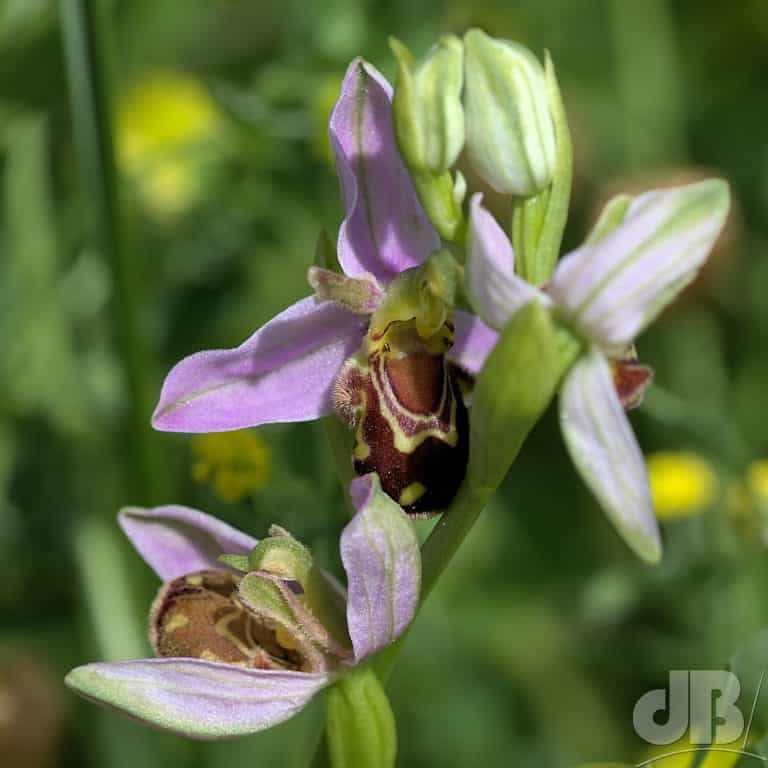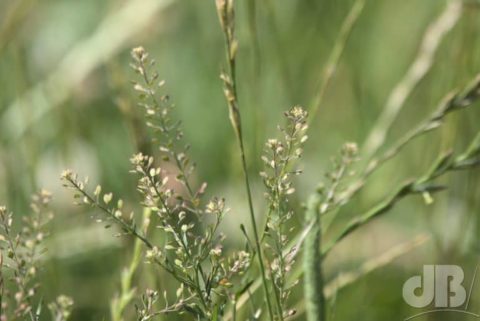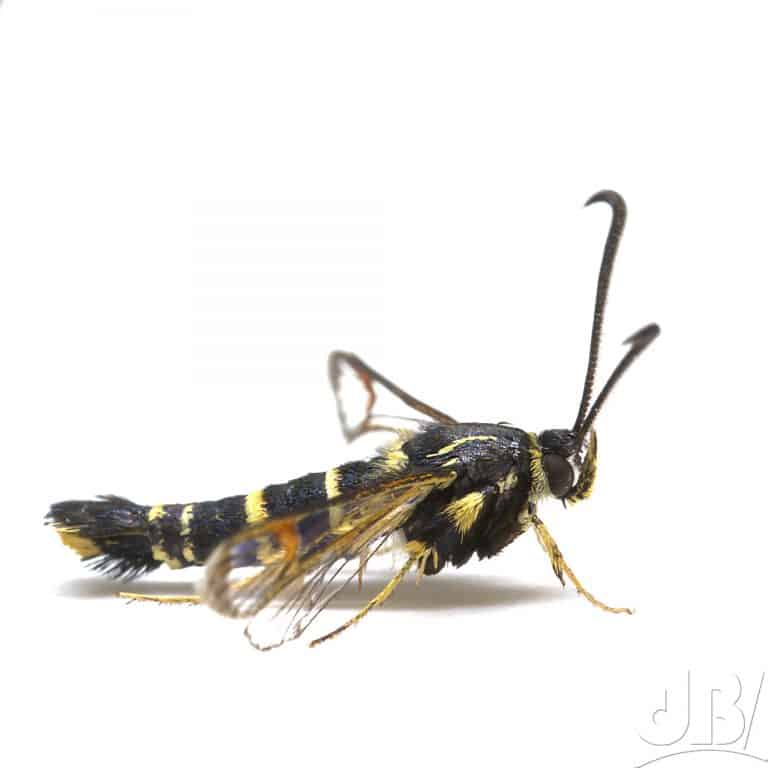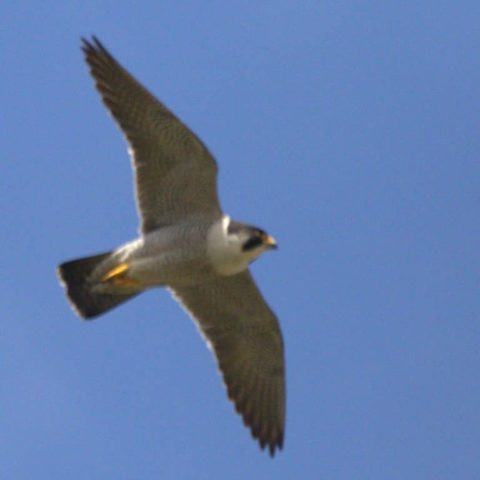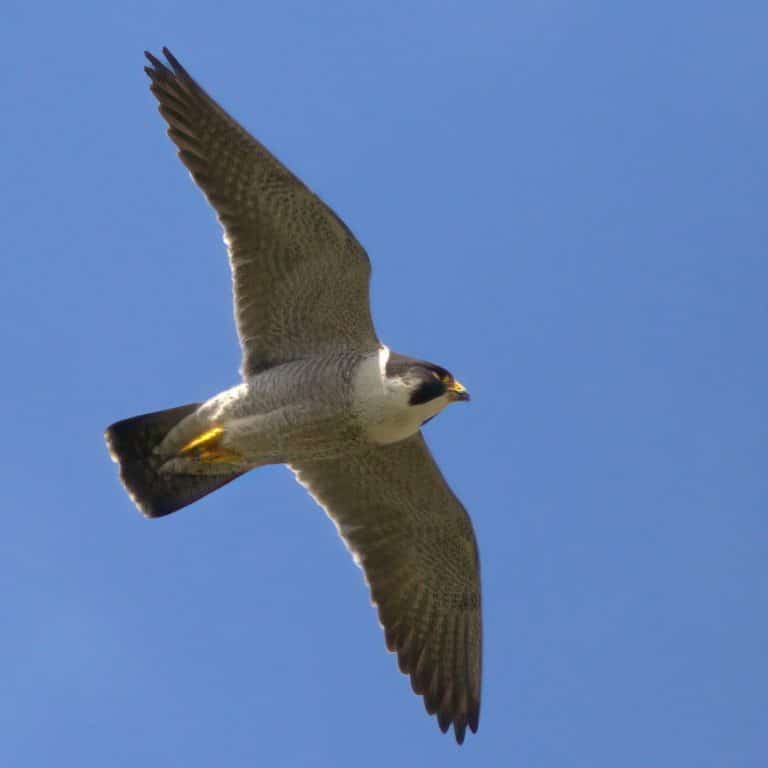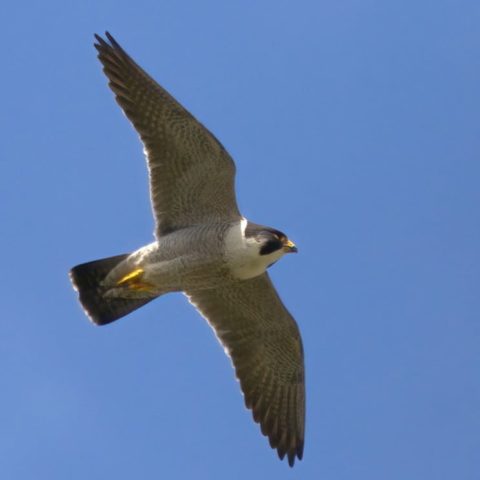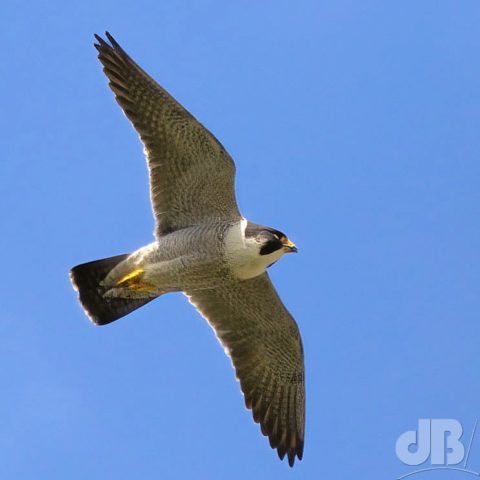My Mothematics Gallery can be found on my Imaging Storm photography site along with other invertebrates, flora and fauna, etc. I’ve written about several of the species I’ve seen for various outlets, but haven’t yet got around to adding all of the links to this list #bearwith
Moths
- Aethes francilana/beatricella (Walsingham, 1898/Fabricius, 1794)
- Agapeta hamana (Linnaeus, 1758)
- Agonopterix heracliana-ciliella agg NFM 2020
- Agonopterix purpurea (Haworth, 1811) NFM 2021 (MYO lure)
- Angle Shades (Phlogophora meticulosa, Linnaeus, 1758)
- Arches, Buff (Habrosyne pyritoides, Hufnagel, 1766)
- Arches, Dark (Apamea monoglypha, Hufnagel, 1766)
- Arches, Least Black (Nola confusalis, Herrich-Schaeffer, 1847)
- Arches, Light (Apamea lithoxylaea, Denis & Schiffermueller, 1775)
- Argyresthia curvella (Linnaeus, 1761) NFM 2021
- Autumnal Moth (Epirrita autumnata, Borkhausen, 1794)
- Barred Marble (Celypha striana, Denis & Schiffermueller, 1775)
- Beauty, Brindled (Lycia hirtaria, Clerck, 1759) NFM 2020
- Beauty, Lilac (Apeira syringaria, Linnaeus, 1758)
- Beauty, Marbled (Bryophila domestica, Hufnagel, 1766)
- Beauty, Mottled (Alcis repandata, Linnaeus, 1758)
- Beauty, Oak (Biston strataria, Hufnagel, 1767)
- Beauty, Pale Brindled (Phigalia pilosaria, Denis & Schiffermueller, 1775)
- Beauty, Tree-lichen (Cryphia algae, Fabricius, 1775)
- Beauty, Willow (Peribatodes rhomboidaria, Denis & Schiffermueller, 1775)
- Bee Moth (Aphomia sociella, Linnaeus, 1758)
- Bell, Two-coloured (Eucosma obumbratana, Lienig & Zeller, 1846) NFM 2020
- Blood-vein (Timandra comae, Schmidt, 1931)
- Blood-vein, Small (Scopula imitaria, Huebner, 1799)
- Bluebell Shade (Eana incanana, Stephens, 1852)
- Border, Clouded (Lomaspilis marginata, Linnaeus, 1758)
- Border, Dotted (Agriopis marginaria, Fabricius, 1776)
- Box-tree Moth (Cydalima perspectalis, Walker, 1859)
- Bramble Shoot Moth (Notocelia uddmanniana, Linnaeus, 1758)
- Brick, The (Agrochola circellaris, Hufnagel, 1766)
- Bright-line Brown-eye (Lacanobia oleracea, Linnaeus, 1758)
- Brimstone (Opisthograptis luteolata, Linnaeus, 1758)
- Brindle, Clouded (Apamea epomidion, Haworth, 1809) NFM 2020
- Brindle, Small Clouded (Apamea unanimis, Huebner, 1813)
- Brindle, Yellow-barred (Acasis viretata, Huebnerr, 1799)
- Brindled Green (Dryobotodes eremita, Fabricius, 1775)
- Brocade, Dusky (Apamea remissa, Huebner, 1809)
- Brocade, Light (Lacanobia w-latinum, Hufnagel, 1766)
- Brocade, Toadflax (Calophasia lunula, Hufnagel, 1766) – larva and adult NFM 2021
- Brown-line Bright-eye (Mythimna conigera, Denis & Schiffermueller, 1775)
- Brown Silver-line (Petrophora chlorosata, Scopoli, 1763) NFM 2021
- Brown-tail (Euproctis chrysorrhoea, Linnaeus, 1758)
- Buff-tip (Phalera bucephala, Linnaeus, 1758)
- Burnet Companion (Euclidia glyphica, Linnaeus, 1758)
- Burnet, Five-spot (Zygaena trifolii, Esper, 1783)
- Burnet, Six-spot (Zygaena filipendulae, Linnaeus, 1758)Â (pre-trap)
- Burnished Brass (Diachrysia chrysitis, Linnaeus, 1758)
- Button, Maple (Acleris forsskaleana)
- Button, Tufted (Acleris cristana, Denis & Schiffermüller, 1775)
- Button, Yellow Oak (Aleimma loeflingiana, Linnaeus, 1758) NFM 2021
- Cabbage Moth (Mamestra brassicae, Linnaeus, 1758)
- Campion, The (Sideridis rivularis, Fabricius, 1775) NFM 2020
- Carpet, Common (Epirrhoe alternata, O. F. Mueller, 1764)
- Carpet, Common Marbled (Dysstroma truncata, Hufnagel, 1767)
- Carpet, Garden (Xanthorhoe fluctuata, Linnaeus, 1758)
- Carpet, Large Twin-spot (Xanthorhoe quadrifasiata, Clerck, 1759)
- Carpet, Least (Idaea rusticata, Denis & Schiffermueller, 1775)
- Carpet, Red-green (Chloroclysta siterata, Hufnagel, 1767)
- Carpet, Red Twin-spot (Xanthorhoe spadicearia, Denis & Schiffermueller, 1775)
- Carpet, Scorched (Ligdia adustata)
- Carpet, Silver-ground (Xanthorhoe montanata, Denis & Schiffermueller, 1775)
- Carpet, Spruce (Thera britannica, Turner, 1925)
- Case-bearer, Coast Green (Coleophora amethystinella, Ragonot, 1885) NFM 2020
- Chestnut, The (Conistra vaccinii)
- Chestnut, Beaded (Agrochola lychnidis)
- Chestnut, Dark (Conistra ligula)
- China-mark, Ringed (Parapoynx stratiotata, Linnaeus, 1758)
- China-mark, Small (Cataclysta lemnata)
- Chinese Character (Cilix glaucata)
- Chocolate Tip (Clostera curtula)
- Chrysoteuchia culmella, “Grass Moth” Linnaeus, 1758
- Cinnabar, The (Tyria jacobaeae) (pre-trap)
- Clay, The (Mythimna ferrago, Fabricius, 1787)
- Clearwing, Currant (Synanthedon tipuliformis, Clerck, 1759) NFM 2021
- Clearwing, Orange-tailed (Synanthedon andrenaeformis, Laspeyres, 1801) NFM 2021
- Clearwing, Raspberry (Pennisetia hylaeiformis, Laspeyres, 1801) NFM 2021
- Clearwing, Red-belted (Synanthedon myopaeformis, Borkhausen, 1789) NFM 2021
- Clearwing, Red-tipped (Synanthedon formicaeformis, Esper, 1782) NFM 2021
- Clearwing, yellow-legged (Synanthedon vespiformis, Linnaeus, 1761) NFM 2021
- Clifden Nonpareil (Catocala fraxini, Linnaeus, 1758) NFM 2020
- Clouded Silver (Lomographa temerata)
- Clover, Marbled (Heliothis viriplaca, Hufnagel, 1766)
- Cnephasia sp. (Grey Tortrix agg.)
- Codling Moth (Cydia pomonella, Linnaeus, 1758)
- Conch, Black-headed (Cochylis atricapitana)
- Conch, Common Yellow (Agapeta hamana)
- Conch, Downland (Aethes tesserana, Denis & Schiffermueller, 1775) NFM 2021
- Conch, Ox-tongue (Cochylis molliculana)
- Conch, Rough-winged (Phtheochroa rugosana, Huebner, 1799)
- Conch, White-bodied (Cochylis hybridella, Huebner, 1813)
- Corn-borer, European (Ostrinia nubilalis, Huebner, 1796)
- Coronet, The (Craniophora ligustri, Denis & Schiffermueller, 1775)
- Coronet, Varied (Hadena compta, Denis & Schiffermueller, 1775)
- Cosmet, Buff (Mompha ochraceella, Curtis, 1839) NFM 2021
- Cream-bordered Green Pea (Earias clorana)
- Crescent, The (Helotropha leucostigma, Huebner, 1808)
- Crescent, Green-brindled (Allophyes oxyacanthae)
- Dagger, Grey/Dark (Acronicta psi/tridens)
- Dagger, March (Diurnea fagella)
- Dart, Deep-brown (Aporophyla lutulenta)
- Dart, Garden (Euxoa nigricans, Linnaeus, 1761)
- Dart, Shuttle-shaped (Agrotis puta)
- Diamondback Moth (Plustella xylostella)
- Dowd, Furness (Blastobasis adustella, Walsingham, 1894)
- Dowd, Wakely’s (Blastobasis lacticolella, Rebel, 1940)
- Drab, Clouded (Orthosia incerta, Hufnagel, 1766)
- Dun-bar, The (Cosmia trapezina, Linnaeus, 1758)
- Eggar, Oak (Lasiocampa quercus, Linnaeus, 1758)
- Elder Pearl (Anania coronata, Hufnagel, 1767)
- Emerald, Common (Hemithea aestivaria, Hübner, 1789) NFM 2020
- Emerald, Light (Campaea margaritaria)
- Emerald, Small (Hemistola chrysoprasaria, Esper, 1795)
- Emperor (Saturnia pavonia, Linnaeus, 1758)
- Ephestia sp. NFM 2021
- Ermine, Apple (Yponomeuta malinellus, Zeller, 1838) larvae 2020
- Ermine, Bird-cherry (Yponomeuta evonymella, Linnaeus, 1758)
- Ermine agg. (Orchard, Apple or Spindle Ermine)
- Ermine, Buff (Spilosoma lutea, Hufnagel, 1766)
- Ermine, Thistle (Myelois circumvoluta, Fourcroy, 1785)
- Ermine, White (Spilosoma lubricipeda, Linnaeus, 1758)
- Esperia sulphurella (Fabricius, 1775)
- Fan-foot, The (Herminia tarsipennalis, Treitschke, 1835)
- Figure of Eighty (Tethea ocularis, Linnaeus, 1767) NFM 2020
- Flame, The (Axylia putris, Linnaeus, 1761)
- Flame, Shoulder (Ochropleura plecta, Linnaeus, 1761)
- Flat-body, aggregate (Agonopterix heracliana-ciliella agg.)
- Flat-body, Brindled (Agonopterix arenella)
- Flat-body, Broom (Agonopterix scopariella)
- Flat-body, Brown-spot (Agonopterix alstromeriana, Clerck, 1759)
- Flat-body, Coastal (Agonopterix yeatiana, Fabricius, 1781)
- Flat-body, Long-horned (Carcina quercana, Fabricius, 1775)
- Footman, Buff (Eilema depressa, Esper, 1787)
- Footman, Common (Eilema lurideola, Zincken, 1817)
- Footman, Dingy (Collita griseola)
- Footman, Four-dotted (Cybosia mesomella, Linnaeus, 1758) NFM 2021 Monk’s Wood
- Footman, Orange (Eilema sororcula, Hufnagel, 1766) NFM 2020
- Footman, Scarce (Eilema complana, Linnaeus, 1758)
- Frosted Orange (Gortyna flavago, Denis & Schiffermueller, 1775)
- Fungus moth (Tinea trinotella) – one of many fungus moths
- Garden Pebble (Evergestis forficalis)
- Gold Spot (Plusia festucae, Linnaeus, 1758)
- Gold Triangle (Hypsopygia costalis)
- Gothic, Feathered (Tholera decimalis, Poda, 1761)
- Grass-veneer, Common (Agriphila tristella)
- Grass-veneer, Elbow-striped (Agriphila geniculea, Haworth, 1811)
- Grass-veneer, Hook-streak (Crambus lathoniellus, Zincken, 1817)
- Grass-veneer, Pearl (Catoptria pinella, Linnaeus, 1758)
- Grass-veneer, Satin (Crambus perlella, Scopoli, 1763)
- Grass-veneer, Straw (Agriphila straminella, Denis & Schiffermüller, 1775)
- Grey, Common (Scoparia ambigualis, Treitschke, 1829)
- Grey, Early (Xylocampa areola)
- Grey, Ground-moss (Eudonia truncicolella)
- Grey, Little (Eudonia lacustrata)
- Grey, Narrow-winged (Eudonia angustea)
- Grey, Poplar (Subacronicta megacephala)
- Grey, Small (Eudonia mercurella)
- Hawk-moth, Elephant (Deilephila elpenor)
- Hawk-moth, Eyed (Smerinthus ocellata))
- Hawk-moth, Hummingbird (Macroglossum stellatarum)
- Hawk-moth, Lime (Mimas tiliae)
- Hawk-moth, Pine (Sphinx pinastri, Linnaeus, 1758) NFM 2020
- Hawk-moth, Poplar (Laothoe populi)
- Hawk-moth, Privet (Sphinx ligustri) (pre-trap)
- Hawk-moth, Small Elephant (Deilephila porcellus)
- Hawthorn moth (Scythropia crataegella, Linnaeus, 1767)
- Heart & Club (Agrotis clavis)
- Heart & Dart (Agrotis exclamationis)
- Heath, Latticed (Chiasmia clathrata)
- Hebrew Character (Orthosia gothica)
- Hebrew Character, Setaceous (Xestia c-nigrum)
- Helcystogramma rufescens (Haworth, 1828) NFM 2021
- Herald, The (Scoliopteryx libatrix, Linnaeus, 1758)
- Highflyer, May (Hydriomena impluviata, Denis & Schiffermüller], 1775) NFM 2020
- Hook-tip, Beautiful (Laspeyria flexula, Denis & Schiffermüller, 1775)
- Hook-tip, Oak (Watsonalla binaria, Hufnagel, 1767)
- Hook-tip, Pebble (Drepana falcataria)
- House Moth, Brown (Hofmannophila pseudospretella)
- House Moth, White-shouldered (Endrosis sarcitrella)
- Kitten, Sallow (Furcula furcula)
- Knot-grass (Acronicta rumicis, Linnaeus, 1758) NFM 2020
- Knot-horn, Beautiful (Rhodophaea Formosa, Haworth, 1811
- Knot-horn, Grey (Acrobasis advenella, Zincken, 1818)
- Knot-horn, Rosy-striped (Oncocera semirubella, Scopoli, 1763) NFM 2021 (Chalkpits)
- Knot-horn, Tabby (Euzophera pinguis, Haworth, 1811)
- Knot-horn, Thicket (Acrobasis suavella)
- Knot-horn, Twin-barred (Homoeosoma sinuella, Fabricius, 1794)Â NFM 2020
- Knot-horn, Warted (Acrobasis repandana, Fabricius, 1798) NFM 2020
- Lackey, The (Malacosoma neustria, Linnaeus, 1758) NFM 2020
- Large Clothes Moth (Morophaga choragella)
- Leek Moth (Acrolepiopsis assectella, Zeller, 1839) NFM 2021
- Light Brown Apple Moth (Epiphyas postvittana)
- Long-horn, Brassy (Nemophora metallica, Poda, 1759)
- Lozotaenia forsterana (Fabricius, 1781) NFM 2020
- Lychnis, The (Hadena bicruris)
- Magpie (Abraxas grossulariata, Linnaeus, 1758)
- Magpie, Small (Anania hortulata)
- Maiden’s Blush (Cyclophora punctaria)
- Mallow, The (Larentia clavaria, Haworth, 1809)
- Marble, Birch (Argyrotaenia ljungiana)
- Marble, Common (Celypha lacunana)
- Marble, Diamond-back (Eudemis profundana, Denis & Schiffermüller, 1775) NFM 2020
- Marble, White-backed (Hedya salicella, Linnaeus, 1758) NFM 2021
- March Moth (Alsophila aescularia)
- Meal Moth (Pyralis farinalis, Linnaeus, 1758)
- Merveille du Jour (Griposia aprilina, Linnaeus, 1758)
- Miller, The (Acronicta leporina, Linnaeus, 1758)
- Minor, Cloaked (Mesoligia furuncula)
- Minor, Tawny/Marbled (agg.) (Oligia latruncula)
- Minor, Middle-barred (Oligia fasciuncula, Haworth, 1809)
- Mint Moth (Pyrausta aurata)
- Mother of Pearl (Pleuroptya ruralis, Scopoli, 1763)
- Mother Shipton (Euclidia mi, Clerck, 1759)
- Mouse Moth (Amphipyra tragopoginis, Clerck, 1759)
- Mullein, The (Cucullia verbasci)
- Muslin Moth (Diaphora mendica)
- Nemapogon sp. (agg.)
- Nutmeg, The (Anarta trifolii)
- Nutmeg, Large (Apamea anceps)
- Oak Lantern (Carcina quercana, Fabricius, 1775)
- Oegoconia sp. (Haworth, 1828) NFM 2020
- Old Lady (Mormo maura, Linnaeus, 1758)
- Peacock (Macaria notata, Linnaeus, 1758)
- Peacock, Sharp-angled (Macaria alternata, Denis & Schiffermüller, 1775)
- Pearl, Dusky (Udea prunalis, Denis & Schiffermüller, 1775)
- Pearl, Elderberry (Phlyctaenia coronata, Hufnagel, 1767)
- Pearl, Fenland (Anania perlucidalis, Hübner, 1809)
- Pearl, Lesser (Sitochroa verticalis, Linnaeus, 1758) NFM 2020
- Pearl, Olive (Udea olivalis, Denis & Schiffermüller, 1775)
- Pearl, Rusty Dot (Udea ferrugalis, Hübner, 1796) NFM 2020
- Pearl, Straw-barred (Pyrausta despicata, Scopoli, 1763) NFM 2020
- Peppered Moth (Biston betularia)
- Phoenix, The (Eulithis prunata, Linnaeus, 1758)
- Pinion, Brown-spot (Agrochola litura, Linnaeus, 1761)
- Pinion, Lunar-spotted (Cosmia pyralina, Denis & Schiffermüller, 1775)
- Pinion, Pale (Lithophane socia)
- Pinion, White-spotted (Cosmia diffinis, Linnaeus, 1767)
- Plume, Beautiful (Amblyptilia acanthadactyla)
- Plume, Common (Emmelina monodactyla)
- Plume, White (Pterophorus pentadactyla, Linnaeus, 1758)
- Plusia, Dewick’s (Macdunnoughia confusa, Stephens, 1850) NFM 2021 (also Greece 2019)
- Prominent, Coxcomb (Ptilodon capucina)
- Prominent, Iron (Notodonta dromedarius)
- Prominent, Pale (Pterostoma palpina)
- Prominent, Pebble (Notodonta ziczac)
- Prominent, Swallow (Pheosia tremula)
- Pseudoswammerdamia combinella NFM 2020
- Ptycholoma lecheana NFM 2020
- Pug, Bordered (Eupithecia succenturiata, Linnaeus, 1758)
- Pug, Common (Eupithecia vulgata, Haworth, 1809)
- Pug, Currant (Eupithecia assimilata)
- Pug, Cypress (Eupithecia phoeniceata, Rambur, 1834)
- Pug, Double-striped (Gymnoscelis rufifasciata)
- Pug, Foxglove (Eupithecia pulchellata, Stephens, 1831)
- Pug, Freyer’s (Eupithecia intricata, Zetterstedt, 1839)
- Pug, Green (Pasiphila rectangulata)
- Pug, Grey (Eupithecia subfuscata)
- Pug, Lime-speck (Eupithecia centaureata)
- Pug, Mottled (Eupithecia exiguata, Hübner, 1813) NFM 2021
- Pug, Plain (Eupithecia simpliciata, Haworth, 1809) NFM 2021
- Pug, Wormwood (Eupithecia absinthiata, Clerck, 1759)
- Puss Moth (Cerura vinula)
- Quaker, Common (Orthosia cerasiu)
- Quaker, Powdered (Orthosia gracilis)
- Quaker, Red-line (Agrochola lota)
- Quaker, Small (Orthosia cruda)
- Quaker, Twin-spotted (Anorthoa munda)
- Quaker, Yellow-line (Agrochola macilenta)
- Ranunculus, Large (Polymixis flavicincta)
- Ranunculus, Small (Hecatera dysodea)
- Rustic, Black (Aporophyla nigra)
- Rustic, Brown (Rusina ferruginea, Esper, 1785) NFM 2020
- Rustic, Clancy’s (Caradrina kadenii, Freyer, 1836) NFM 2020
- Rustic, Common/Lesser agg. (Mesapamea secalis/didyma)
- Rustic, Flounced (Luperina testacea)
- Rustic, Light Feathered (Agrotis cinerea)
- Rustic, Mottled (Caradrina morpheus)
- Rustic, Rosy (Hydraecia micacea)
- Rustic, Square-spot (Xestia xanthographa)
- Rustic, Vine’s (Hoplodrina ambigua)
- Rustic/The Uncertain (Hoplodrina blanda/octogenaria)
- Sallow, The (Cirrhia icteritia)
- Sallow, Barred (Tiliacea aurago)
- Sallow, Centre-barred (Atethmia centrago)
- Sallow, Dusky (Eremobia ochroleuca, Denis & Schiffermüller, 1775)
- Sallow, Pink-barred (Xanthia togata)
- Satellite, The (Eupsilia transversa, Hufnagel, 1766) NFM 2021
- Scalloped Oak (Crocallis elinguaria, Linnaeus, 1758)
- Sciota adelphella
- Scorched Wing (Plagodis dolabraria, Linnaeus, 1767)
- Shaded Broad-bar (Scotopteryx chenopodiata, Linnaeus, 1758)
- Shark, The (Cucullia umbratica, Linnaeus, 1758)
- Shears, Tawny (Hadena perplexa, Denis & Schiffermüller], 1775) NFM 2020
- Shears, The (Hada plebeja)
- Shoot, Orange-spotted (Rhyacionia pinicolana)
- Short-cloaked Moth (Nola cucullatella, Linnaeus, 1758)
- Shoulder-knot, Blair’s (Lithophane leautieri)
- Shoulder-knot, Rustic (Apamea sordens)
- Silver Y (Autographa gamma)
- Silver-lines, Green (Pseudoips prasinana, Linnaeus, 1758)
- Silver-lines, Scarce (Bena bicolorana, Fuessly, 1775) NFM 2021
- Small Scallop (Idaea emarginata, Linnaeus, 1758)
- Snout (Hypena proboscidalis, Linnaeus, 1758)
- Snout, Buttoned (Hypena rostralis, Linnaeus, 1758) NFM 2021
- Spectacle, The (Abrostola tripartita)
- Spectacle, Dark (Abrostola triplasia, Linnaeus, 1758)
- Spinach, The (Eulithis mellinata, Fabricius, 1787)
- Spinach, Dark (Pelurga comitata)
- Square-spot, Double (Xestia triangulum, Hufnagel, 1766)
- Straw, Barred (Gandaritis pyraliata, Denis & Schiffermüller], 1775)
- Straw, Bordered (Heliothis peltigera, Denis & Schiffermüller, 1775)
- Straw, Scarce Bordered (Helicoverpa armigera, Hübner, 1808) NFM 2020
- Straw Dot (Rivula sericealis)
- Streamer, The (Anticlea derivata)
- Swallow-tailed Moth (Ourapteryx sambucaria, Linnaeus, 1758)
- Swift, Common (Korscheltellus lupulina)
- Swift, Orange (Triodia sylvina)
- Sword-grass, Dark (Agrotis ipsilon)
- Sycamore moth (Acronicta aceris) – caterpillar
- Tabby, Double-striped (Hypsopygia glaucinalis, Linnaeus, 1758)
- Tabby, Large (Aglossa pinguinalis, Linnaeus, 1758)
- Tabby, Rosy (Endotricha flammealis)
- Thorn, Canary-shouldered (Ennomus alniaria)
- Thorn, Early (Selenia dentaria)
- Thorn, Feathered (Colotois pennaria)
- Thorn, Purple (Selenia tetralunaria)
- Tiger, Jersey (Euplagia quadripunctaria, Poda, 1761)
- Tiger, Ruby (Phragmatobia fuliginosa, Linnaeus, 1758)
- Tortrix, Dark Fruit-tree (Pandemis heparana, Denis & Schiffermüller, 1775)
- Tortrix, Dark Strawberry (Celypha lacunana)
- Tortrix, Garden Rose (Acleris variegana, Denis & Schiffermüller, 1775)
- Tortrix, Grey (Cnephasia stephensiana, Doubleday,[1849) NFM 2021
- Tortrix, Large Fruit-tree, male (Archips podana, Scopoli, 1763)
- Tortrix, Red-barred (Ditula angustiorana, Haworth, 1811) NFM 2020
- Treble-bar (Aplocera plagiata, Linnaeus, 1758)
- Treble Brown Spot (Idaea trigeminata)
- Treble Lines (Charanyca trigrammica)
- Tubic, Golden-brown (Crassa unitella, Hübner, 1796)
- Turnip Moth (Agrotis segetum)
- Tussock, Pale (Calliteara pudibunda)
- Tussock, Nut-tree (Colocasia coryli)
- Twenty-plume moth (Alucita hexadactyla)
- Twist, Orange-pine (Lozotaeniodes formosana)
- Twist, Privet (Clepsis consimilana)
- Umber, Dark (Philereme transversata, Hufnagel, 1767) NFM 2021
- Umber, Mottled (Erannis defoliaria, Clerck, 1759)
- Umber, Waved (Menophra abruptaria)
- Underwing, Broad-bordered Yellow (Noctua fimbriata, Schreber, 1759)
- Underwing, Copper agg. (Amphipyra pyramidea agg.)
- Underwing, Dark Crimson (Catocala sponsa, Linnaeus, 1767) NFM 2020
- Underwing, Large Yellow (Noctua pronuba)
- Underwing, Least Yellow (Noctua interjecta, Hübner, 1803)
- Underwing, Lesser Broad-bordered Yellow (Noctua janthe)
- Underwing, Lesser Yellow (Noctua comes, Hübner, 1813)
- Underwing, Lunar (Omphaloscelis lunosa)
- Underwing, Red (Catocala nupta, Linnaeus, 1767)
- Underwing, Straw (Thalpophila matura, Hufnagel, 1766)
- Vapourer, The (Orgyia antiqua)
- Wainscot Smudge (Ypsolopha scabrella, Linnaeus, 1761)
- Wainscot, Bulrush (Nonagria typhae, Thunberg, 1784)
- Wainscot, Common (Mythimna pallens)
- Wainscot, Large (Rhizedra lutosa)
- Wainscot, Smoky (Mythimna impura, Hübner, 1808)
- Wainscot, Twin-spotted (Lenisa geminipuncta, Haworth, 1809)
- Wainscot, Webb’s (Globia sparganii, Esper, 1789)
- Water-veneer, Pale (Donacaula forficella, Thunberg, 1794)
- Wave, Common White (Cabera pusaria, Linnaeus, 1758)
- Wave, Dwarf Cream (Idaea fuscovenosa, Goeze, 1781)
- Wave, Riband (Idaea aversata and ab remutata)
- Wave, Satin (Idaea subsericeata, Haworth, 1809)
- Wave, Single-dotted (Idaea dimidiata, Hufnagel, 1767)
- Wave, Small Dusty (Idaea seriata)
- Waved Black (Parascotia fuliginaria)
- Wax Moth (Galleria mellonella)
- Webber, Juniper (Dichomeris marginella, Fabricius, 1781) NFM 2020
- White Satin Moth (Leucoma salicis, Linnaeus, 1758)
- White, Bordered (Bupalus piniaria, Linnaeus, 1758)
- White, Broad-barred (Hecatera bicolorata, Hufnagel, 1766)
- White-point (Mythimna albipuncta)
- Willow, Pale Mottled (Caradrina clavipalpis)
- Winter Moth (Operophtera brumata)
- Yellow-faced Bell (Notocelia cynosbatella)
- Yellow Horned (Achlya flavicornis)
- Yellow, Barred (Cidaria fulvata, Forster, 1771)
- Yellow Conch, Common (Agapeta hamana, Linnaeus, 1758)
- Yellow Shell (Camptogramma bilineata)
- Yellow-tail (Euproctis similis, Fuessly,1775)
Butterflies are all moths, simply a grouping within Lepidoptera
- Argus, Brown (Aricia agestis, Denis & Schiffermueller, 1775) NFM 2020 Church Lane, Cottenham
- Blue, Chalkhill NFM2021 Devil’s Dyke, Cambs
- Blue, Common (Polyommatus icarus, Rottemburg, 1775)
- Blue, Holly (Celastrina argiolus, Linnaeus, 1758)
- Blue, Long-tailed NFM 2019 Cottenham and then Greece
- Blue, Northern (Plebejus idas, Linnaeus, 1761) – NFM 2018 Germany
- Brimstone (Gonepteryx rhamni, Linnaeus, 1758)
- Clouded Yellow (Colias croceus) NFM 2020 Waresley Wood
- Comma (Polygonia c-album, Linnaeus, 1758)
- Copper, Small (Lycaena phlaeas, Linnaeus, 1761) NFM 2018 Norfolk
- Emperor, Purple NFM2021 Woodwalton Fen
- European Peacock (Aglais io, Linnaeus, 1758)
- Fritillary, Silver-washed (Argynnis paphia, Linnaeus, 1758) NFM 2020 Hayley Wood
- Fritillary, Dark Green NFM2021 Devil’s Dyke, Cambs
- Gatekeeper (Pyronia tithonus, Linnaeus, 1758)
- Hairstreak, Green (Callophrys rubi, Linnaeus, 1758) NFM2021 Les King Wood, Cottenham
- Hairstreak, Purple NFM2021 Woodwalton Fen
- Hairstreak, White Letter NFM2021 Overhall Grove
- Heath, Small (Coenonympha pamphilus, Linnaeus, 1758)
- Meadow Brown (Maniola jurtina, Linnaeus, 1758)
- Orange Tip (Anthocharis cardamines, Linnaeus, 1758)
- Red Admiral (Vanessa atalanta, Linnaeus, 1758)
- Ringlet (Aphantopus hyperantus, Linnaeus, 1758)
- Skipper, Essex NFM 2020 Church Lane, Cottenham
- Skipper, Large (Ochlodes sylvanus, Esper, 1777)
- Skipper, Small (Thymelicus sylvestris, Poda, 1761)
- Tortoiseshell, Small (Aglais urticae, Linnaeus, 1758)
- Two-tailed Pasha NFM 2019 Greece
- Speckled Brown (Pararge aegeria, Linnaeus, 1758)
- Swallowtail (Papilio machaon, Linnaeus, 1758) – France
- Swallowtail, Scarce – Greece
- White, Green-veined (Pieris napi, Linnaeus, 1758)
- White, Large (Pieris brassicae, Linnaeus, 1758)
- White, Marbled (Melanargia galathea, Linnaeus, 1758)
- White, Small (Pieris rapae, Linnaeus, 1758)
Incidentally, the title of this blog post was alluding to the 1975 song by Hal David (words) and Albert Hammond (music) – To All the Girls I’ve Loved Before – from Hammond’s album of that year 99 Miles from L.A. You might also know it from the 1984 cover version by Julio Iglesias and Willie Nelson.
